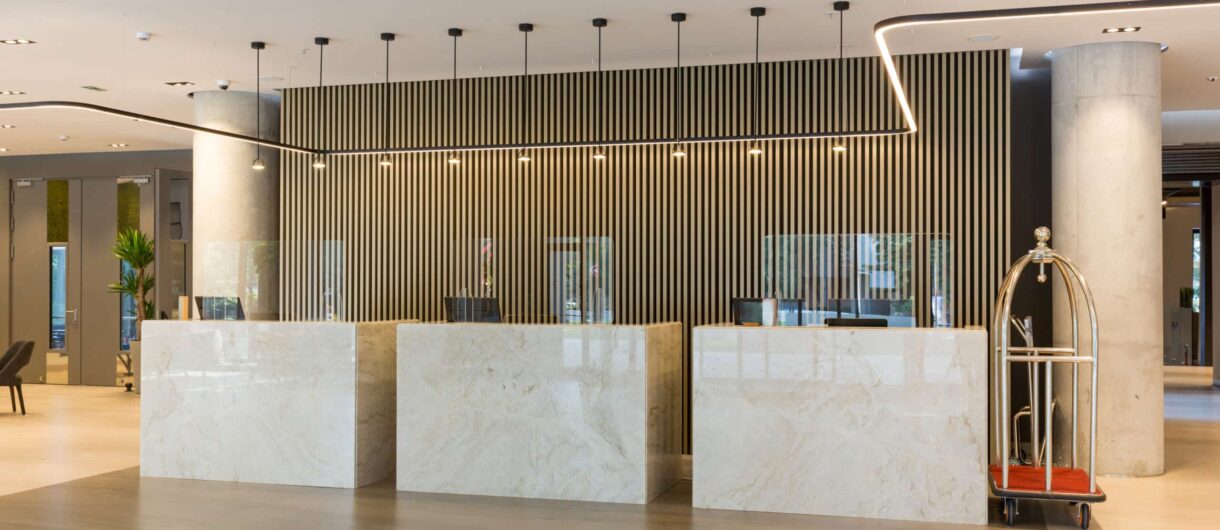
Key factors for implementing compartmentalization in hotels: maximizing fire safety
Hotels, with their constant flow of guests and activities, represent a unique challenge when it comes to fire safety management. In this context, the effective implementation of compartmentalization measures is a regulatory mandate, which translates into fire curtains and smoke curtains. These, in turn, offer an efficient and aesthetically adaptable solution, ensuring safety without altering the hotel’s design. In this article, we will also discuss the regulations governing fire curtains and some of their applications.
What is compartmentalization and why is it interesting to apply it in hotels?
Fire compartmentalization is a control technique that limits the spread of fire and smoke through physical barriers such as fire and smoke curtains. It involves dividing a space into different sectors to ensure the fire remains contained, minimizing risks in firefighting areas, preventing temperature increases in the building, and stopping the transmission of harmful smoke particles. This helps maintain most of the building’s structure intact, improving evacuation conditions.
Advantages of fire and smoke curtains in hotels
In hotels, where it is essential to keep evacuation routes and common areas intact to ensure the safety of guests and staff, smoke and fire curtains become an innovative and functional solution. The typical guest and staff occupancy, the variety of functions and structural elements, and large open spaces are the main fire safety challenges encountered in hotel projects.
Tecnitex’s compartmentalization solutions offer an invisible, innovative, and functional alternative for dividing fire sectors. These smoke and fire curtains, made from fire-resistant technical fabric, specifically fiberglass, are lightweight and do not place significant structural loads on the building. Both systems are designed to appear discreetly hidden. Furthermore, their ability to divide space while offering reliable protection allows architects to eliminate non-load-bearing firewalls and other elements, ensuring compliance with fire safety regulations.
Aesthetically, thanks to their adaptability to different architectural styles, they can be implemented in renovations or new designs without significant restrictions.
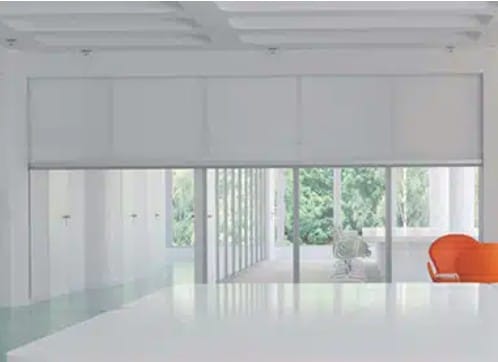
The Tecnitex product range follows the EN 1634-1 standard for fire curtains and the UNE EN 13501-1 classification A2 s1 d0 for smoke curtains. Additionally, they are rated for over 1,000 cycles of operation and are smoke impermeable with a pressure of 25 Pa (0.003 m³/h).
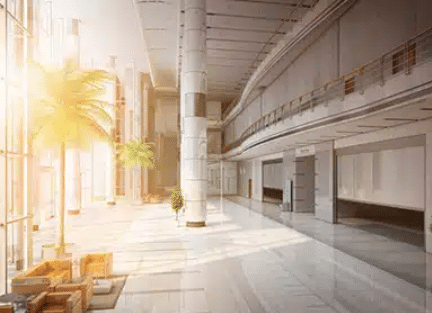
Spaces in a hotel where smoke curtains are recommended
When planning the installation of these passive protection elements, it’s important to consider the most vulnerable spaces. Among them, we highlight three common areas within hotels that are at greater risk during a fire: elevators, atriums, and event spaces.
Elevators: preventing smoke dispersion
Firstly, hotel elevators are one of the areas to consider. Without adequate protection, smoke can easily travel through shafts and infiltrate other parts of the building, similar to the function of a chimney. Therefore, the use of smoke curtains helps contain this element and prevents its spread.
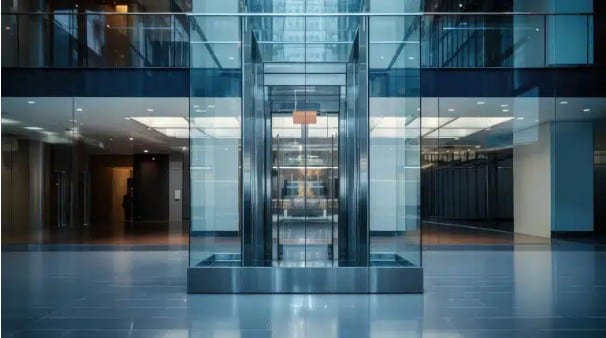
Atriums: protecting evacuation routes
Secondly, atriums can include large spaces that even span several floors. These often function as access points to evacuation routes, so they must be protected with compartmentalization systems that prevent smoke and fire from blocking these critical paths. Furthermore, an efficient compartmentalization project will help improve the effectiveness of ventilation and smoke extraction systems.
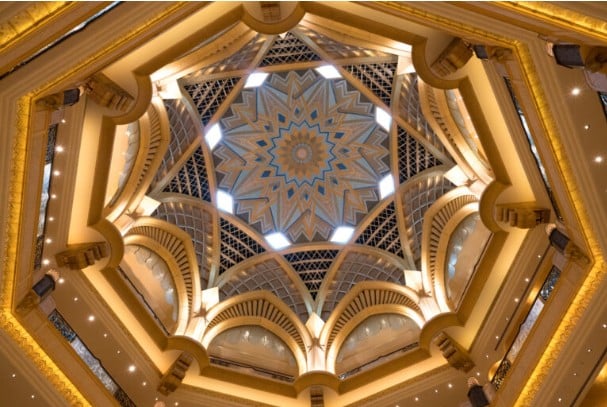
Event rooms: facilitating fire suppression
Thirdly, event spaces typically house a large number of people and contain electrical installations and audiovisual equipment that can pose fire risks. Compartmentalization allows for a more effective emergency response, concentrating suppression efforts on specific areas, which is essential in spaces that are configured differently depending on the event.
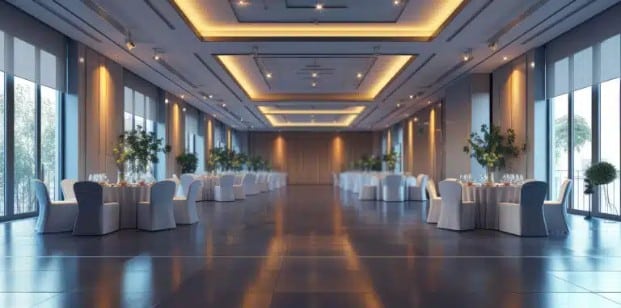
Regulations to ensure maintenance and operation
When addressing the most common criteria for properly maintaining fire compartmentalization systems, there are several standards to consider, such as NFPA 80, ISO 21524:2021, UNE 23740-2, and BS 8524-2.
The NFPA 80 standard emphasizes the need for inspections by qualified personnel and detailed maintenance records, which are the responsibility of building owners and managers. ISO 21524:2021 also outlines detailed procedures for maintaining fire curtains. In Spain, UNE 23740-2 establishes requirements for quarterly maintenance and annual technical inspections of these curtains, while BS 8524-2 in the UK highlights the importance of annual maintenance by competent personnel and meticulous documentation of each inspection and test.
Case Study: The Lake
The Dolmes Lake Resort in Faro, Portugal, is a prime example of how Tecnitex successfully integrated its compartmentalization solutions into a luxury environment without compromising the aesthetic design. One of the main challenges was adapting the system to the circular geometry of the hotel’s atrium, designing a solution that could remain hidden in the false ceiling and only deploy in case of smoke detection.
If you have a new hotel project and would like to know more about compartmentalization solutions, feel free to contact us.